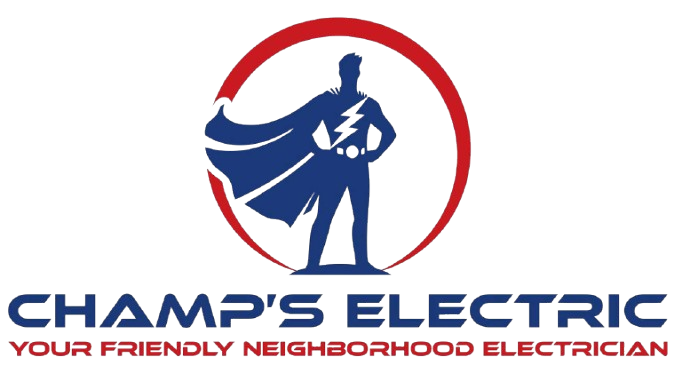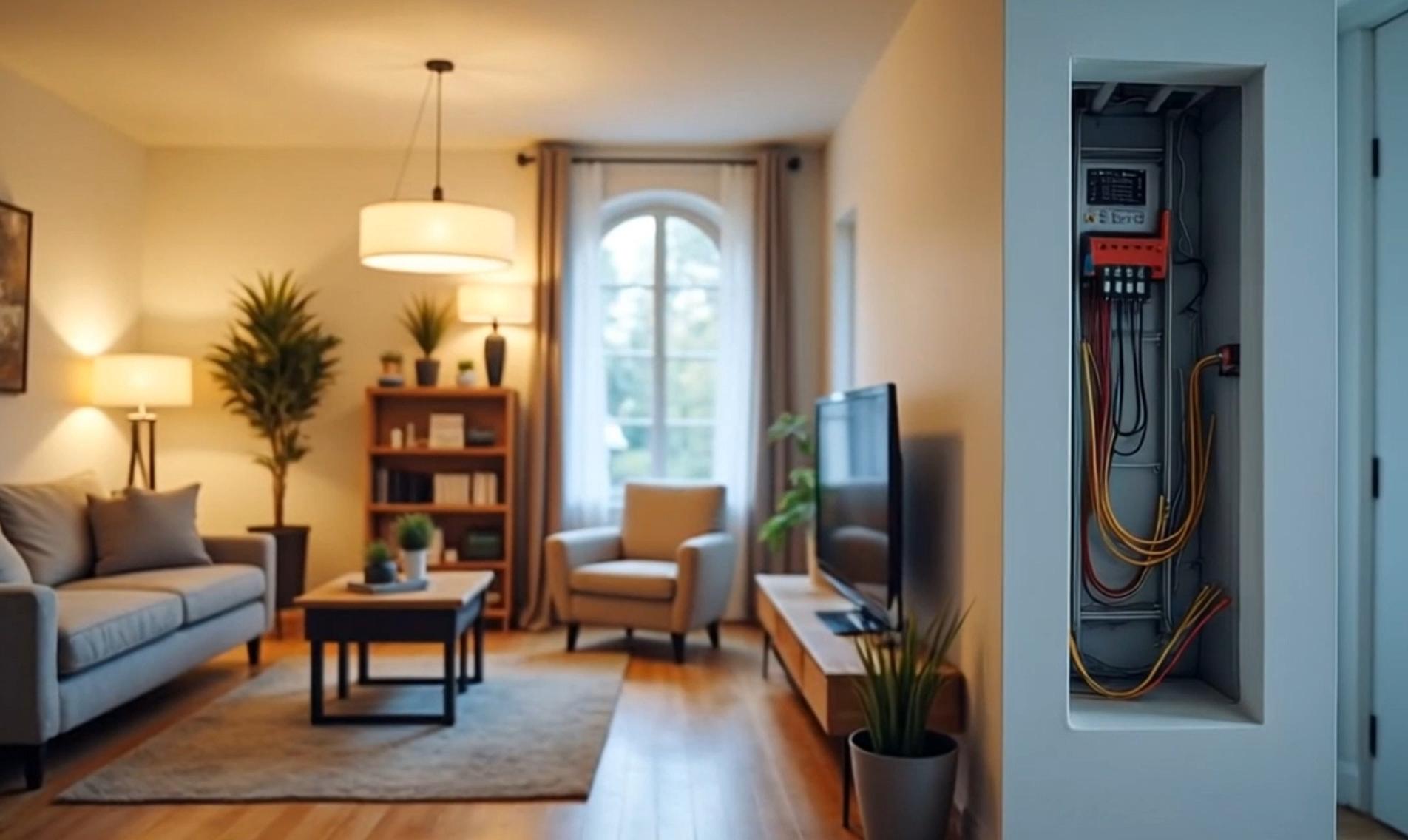It usually happens when you least expect it. The lights flicker, a few appliances go silent, and you find yourself walking to the electrical panel with a slight sigh. One switch is out of line. You flip it back, and everything returns to normal. It feels like no big deal. But that simple trip could be the first whisper of a louder message.
Behind that small snap of the switch, something else might be stirring. Something that, if left unspoken, grows quietly until it demands attention—at the worst possible time. It’s not just about power. It’s about what keeps your days flowing, your nights safe, and your comfort intact.
The Little Sign That Speaks Volumes
Electricity runs through homes like blood runs through veins. It touches almost everything—your kitchen routines, evening relaxation, morning hustle, and bedtime wind-downs. When a breaker trips, it’s more than just a momentary pause. It’s a signal that the system has reached a limit.
Sometimes it’s just an overloaded plug. But other times, it’s a deeper signal of:
- Worn-out wires hidden behind walls
- Loose connections that barely hold on
- A growing demand that the panel can no longer carry
- Moisture creeping into places it shouldn’t
- Age catching up to parts that no longer work like they used to
Each of these issues might stay invisible until they aren’t. The breaker trip becomes the first clue in a story that could turn expensive, frustrating, and sometimes even dangerous if ignored.
When Small Things Carry Heavy Messages
Every system has a way of protecting itself. In your home’s electrical setup, the circuit breaker is that gatekeeper. It doesn’t fail—it acts. It cuts power when it senses trouble. That quick reaction is designed to protect you and your home.
But what happens when it keeps happening?
You begin resetting it more often. Maybe the lights dim when the microwave runs. Or the heater makes the breaker jump on cold mornings. These aren’t quirks. They’re patterns. They’re warnings whispered in the language of switches and wires.
The Real Cost of Ignoring It
The cost of ignoring a tripped breaker isn’t always measured in money. It can also be counted in discomfort, inconvenience, and uncertainty. When a breaker continues to trip, it’s not fixing itself—it’s waiting to be heard.
Here’s what often comes next if nothing changes:
- Worsening electrical wear: Friction, heat, and time continue their work behind the scenes.
- Loss of convenience: Appliances become unpredictable. Lights flicker more. Comfort fades.
- Safety risks grow: Overloaded wires heat up. Circuit strain. A spark can become a flame.
- Hidden damages spread: Insulation breaks down. Panels corrode. Small problems multiply.
And the worst part? These changes happen quietly. Until they don’t.
Reading Between the Lines of a Tripped Breaker
Looking closer doesn’t mean doing it all yourself. But paying attention can mean everything. When a breaker trips:
- Notice which devices were running
- Think about how often this has happened
- Listen for unusual buzzing or humming
- Smell for anything burnt or warm
- Feel for warm outlets or switches
These are signals that the breaker isn’t just doing its job—it’s asking for help.
When Homes Speak Through Silence
Sometimes it’s not a sound or a flicker. It’s the silence that speaks loudest. The fridge powers down in the middle of the night. The bathroom heater shuts off halfway through a cold morning. The living room lamp dims, then pops.
These moments are quiet calls from a system under stress.
It’s easy to think everything’s fine when the power comes back. But just because something works again doesn’t mean it’s working right. The real question becomes: How long will it keep working before it doesn’t?
Why Awareness Is Worth Everything
You don’t have to know all the details of a circuit to know when something feels off. You just have to listen. Trusting that little feeling, that pause before flipping the breaker again, can make all the difference.
Because catching a deeper problem early leads to:
- Greater comfort knowing your home runs smoothly
- Better safety for the people and moments that matter
- Fewer surprises in the middle of the night or a busy morning
- Lower costs because fixing small things early is always smarter than waiting
It’s about staying ahead, instead of reacting after the fact.
What That Breaker Might Be Telling You
That tripped breaker might be the start of something bigger. But it’s also a chance. A moment to pause and look deeper. A reminder that homes speak, just not in words.
When they speak, they use flickers, trips, and silence. They tell their stories through circuit panels and outlets. Through light switches and plugged-in appliances. Through warmth where there should be none and darkness where light should be steady.
Your home wants to keep working. But it needs your attention when it whispers.
Listening Leads to Lasting Comfort
A tripped breaker is not just a reset. It’s a message. One that asks you to take a second look. Not out of fear, but out of care.
Homes are strong, but they’re not invincible. They hold so much: your laughter, your routines, your downtime, your memories. Keeping them safe and comfortable starts with the small things, like paying attention when something seems off. Because when you listen to the little things, the bigger things tend to go right.
Final Thoughts
It’s easy to shrug off a tripped breaker. Life moves fast. Schedules fill up. But that small switch, that moment of silence, could be the key to avoiding bigger problems down the road.
Trust what you see. Notice what feels off. That one flip of the breaker might be more than just a flick—it might be the start of something worth knowing. And that awareness? That’s the real power.

